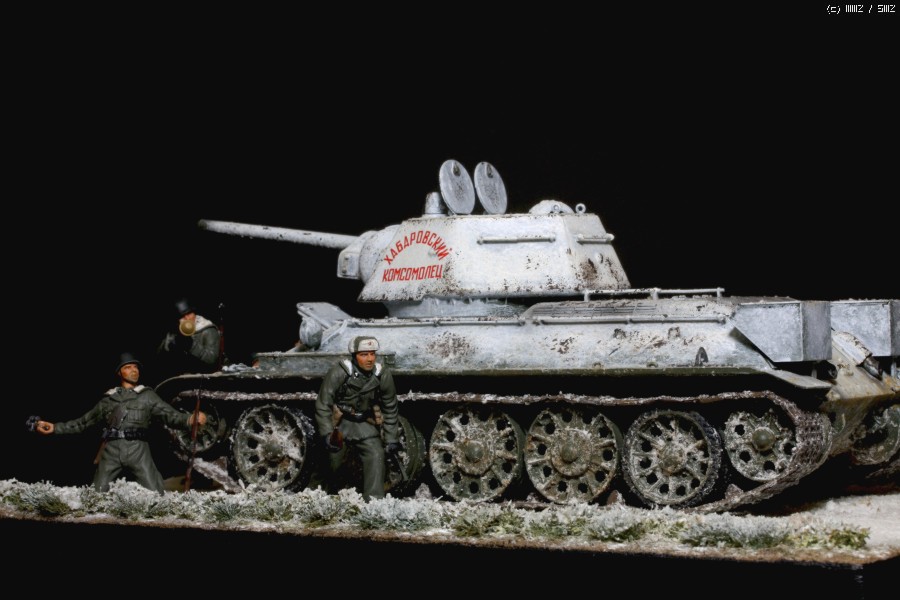

Fortunately, the modern world is much different than that of 1945 through 1989, thanks to the fall of Soviet Russia and the reunification of a Germany that had been divided into two opposing halves expected to annihilate each other in a new World War. In the Cold War, NATO expected a Soviet land invasion of Western Europe to start with Western Germany, and then come through a pair of narrow, lowland corridors known as the “ Fulda Gap.” The CIA also estimated that tanks deployed by Russia and its Soviet allies in Central Europe outnumbered NATO tanks by almost 3-to-1. But at the Battle of Kursk in 1943, Germany found their more advanced tanks ground down by Soviet defenses and defeated by a Russian armored counter-attack. Germany’s rapid advances in the early days of World War II were spearheaded by aggressive tanks, and it took the Allies years to drive them back from positions they conquered in months. While Great Britain invented the tank, between the World Wars Germany was the first country to really seize on the revolutionary potential that the armor offered a military.

It is impossible to see German tank developments without hearing the echoes of history.

Spotted at Defence Blog, the proposal to develop a new tank program as part of medium-term military planning is a sign that all’s not quiet in Europe. Nestled inside the budget committee report is the call for a Leopard III development program, to create a new “Kampfpanzer” or battle tank. Germany’s parliament just submitted a budget request to develop a new tank.


 0 kommentar(er)
0 kommentar(er)
